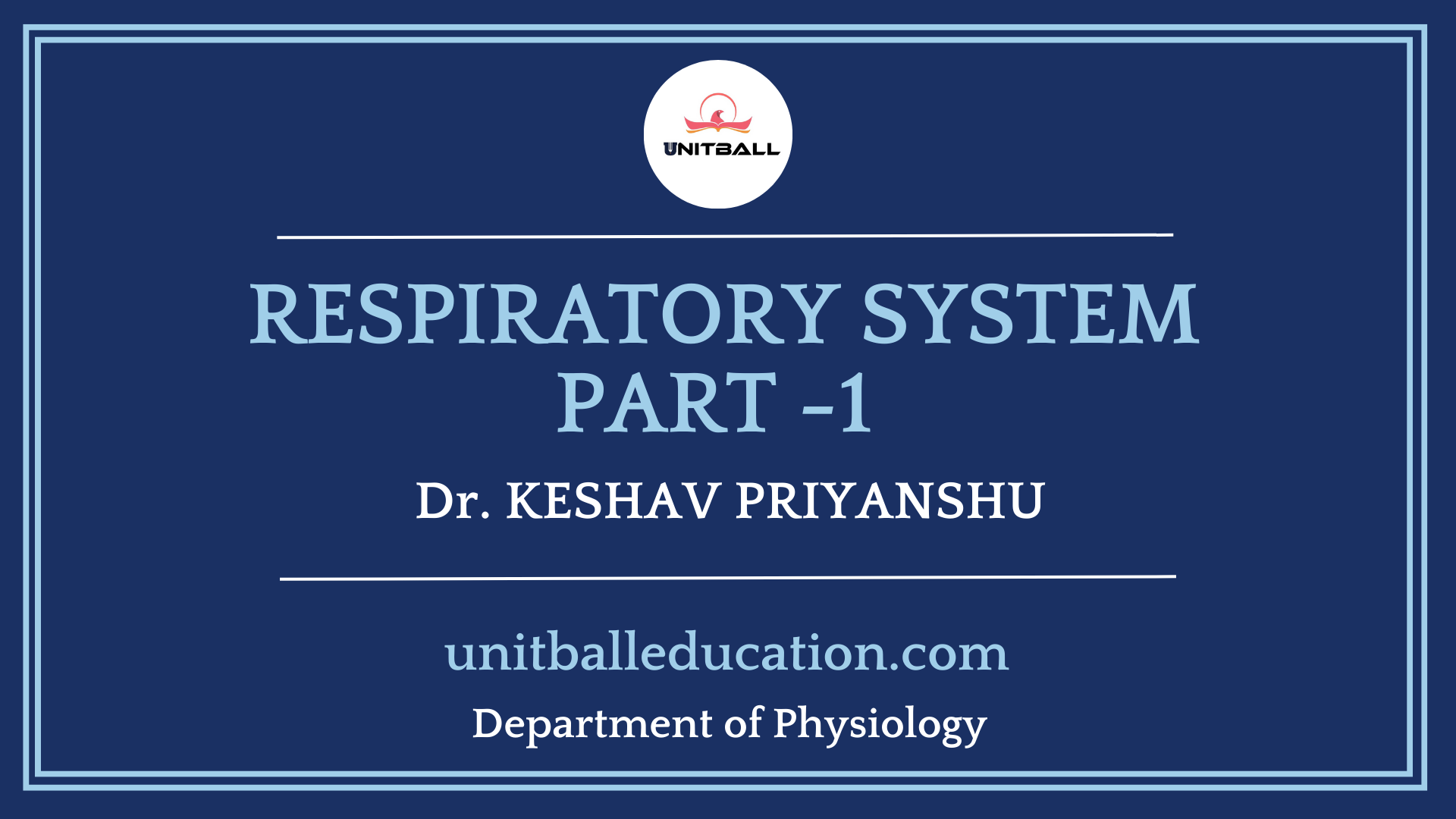Introduction
The respiratory system is responsible for the exchange of gases, providing oxygen to the blood and removing carbon dioxide. This process is essential for maintaining cellular respiration and homeostasis.
Weibel’s model
Respiratory system is divided into 23-generation

Histological Features of Tracheo-Bronchial Tree

Trachea → Incomplete cartilaginous ring.
→ Ciliated columnar epithelium.
Terminal bronchioles + Respiratory bronchioles → Maximum bronchoconstriction.
Alveoli → No cartilage, no smooth muscle, no cilia, no gland.
→ Simple squamous epithelium → Helps in gaseous exchange.
Alveolar epithelial wall contains → 2 types of cells:
- Type I pneumocytes → Supporting roles.
- Type II pneumocytes → Secrete surfactant
Innervation of the RS (Respiratory System):
1 Sympathetic Nervous System →
→ β2 Adrenergic Receptors:
- Stimulation → Bronchodilation.
β2 Adrenergic Drugs (e.g., Salbutamol – Asthalin) → β2 Agonist.
β2 Blockers → Bronchoconstriction.
Note: β2 blockers should not be given to COPD or Bronchial Asthma patients.
2 Parasympathetic Nervous System →
→ Acetylcholine →Bronchoconstriction via M3 cholinergic receptors.
Applied:
- Atropine → Muscarinic cholinergic receptor blocker
→ Leads to bronchodilation. - Dust, pollutant, severe exercise, cold air → Stimulate M3 cholinergic receptors
→ Leads to bronchoconstriction. - Patients of Bronchial Asthma and COPD:
→ Have more problems in polluted areas, winter, and morning.
3 Non-Adrenergic Non-Cholinergic System (NANC):
→ VIP (Vasoactive Intestinal Peptide):
Causes bronchodilation in airways.
Applied:
In patients of Bronchial Asthma → VIP level is reduced.

